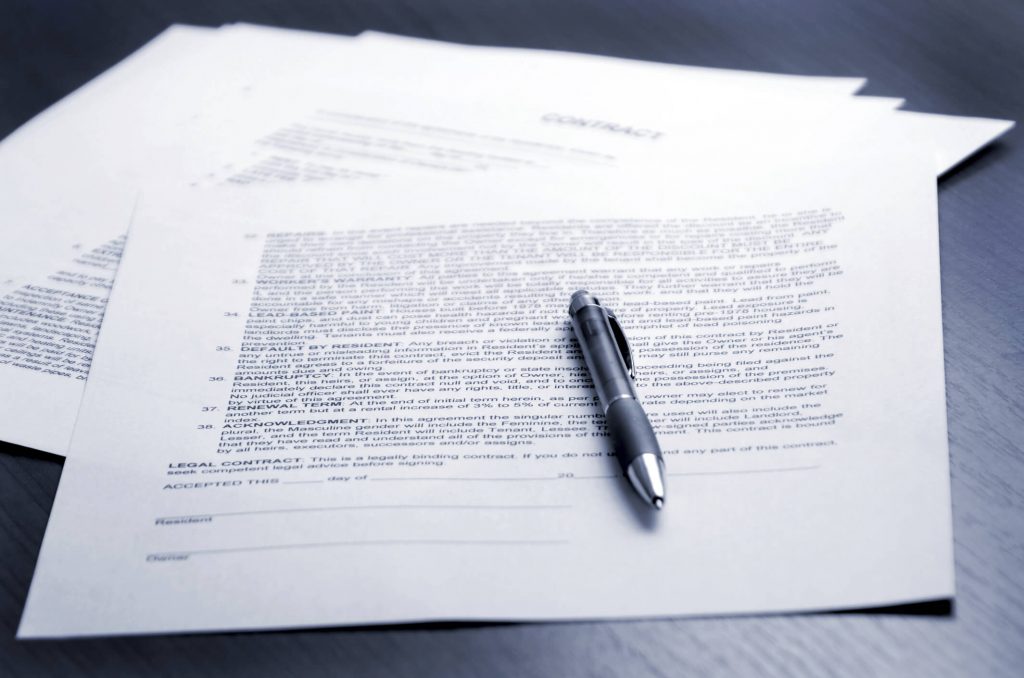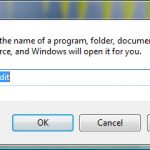A complete and well-researched guideline on some of the most important steps you should take towards completing a well-written financial statement.
A financial statement is a document containing a written record of the financial activity and record of a company or a business enterprise. A financial statement contains several contents: a statement of retained earnings, statement of cash flow, income statement, and balance sheet. A company or an industry may decide to generate their financial statements monthly, quarterly, or annually within a financial year. Generally, people always believe that producing and after that, reading financial statements entails an overwhelming process as well as a vast amount of information. Although the statement is true, there is no need to be scared, since once you master all the required skills, you will be able to save a lot of cost and time for your business. People struggling to write their financial statements can always seek assistance from this website.
A financial statement plays a significant role in a business, both internally and externally. The investors of any company use the financial statements to make important decisions since those statements aids in better understand the opportunities for growth and the progress of a business. Furthermore, financial statements are a requirement by external stakeholders such as creditors and investors. The statement provides significant insights into a company’s current financial position, cash flow prospects, and resources. Essentially, financial statements aid businesses in making important decisions since they provide a clear visual representation of the enterprise’s current financial status.
To learn how to create a financial statement, you need to have the potential financiers, shareholders, and your personal insights. The financial statement created for most businesses contains an income statement and a balance sheet. Most financial statements are prepared by an accountant. Currently, the advancement of technology has made it possible for people to make use of computer software in preparing their financial statements. The first step in preparing a financial statement is creating a balance sheet.
Balance sheet

A balance sheet is also known as a statement of financial position since it provides an accurate financial position of a business at a particular time. A balance sheet lists the assets, liabilities, and the differences between the two, which is known as the net worth or equity. The accounting equation of a balance sheet is that (Assets = liabilities + owner’s equity).
An income statement
On the other hand, an income statement indicates the loss, income, or expenses for a particular duration. In other terms, a financial statement indicates the balance at the beginning of a certain duration, the outflows and inflows of finances, and the ending cash balance.
When creating a balance sheet, the first important step is acquiring a good understanding of a balance sheet’s basics, which entails the assets, liabilities, and shareholders’ equity. The general equation for a balance sheet is that Assets = liabilities + owner’s equity. When rearranging the equation, an individual will notice that the shareholder’s equity equals assets minus liabilities. In essence, a balance sheet demonstrates the relationship between liabilities, assets, and equity.
The second essential step is determining the assets in your business. Assets are normally divided into fixed and current assets, and they include anything that can generate income for the business. Current assets entail anything that could be liquidated easily, such as insurance and prepayments. Fixed assets, on the other hand, are divided into tangible and intangible commodities. Whereas tangible fixed assets include equipment, plants, and property, intangible fixed assets include copyrights, brand recognition, and patents.
The third step involves writing all the information and determining the liabilities. Liabilities, which can be divided into current and long term, entail the debts of the company. The long term liabilities include the bonds payable, long term loans, or any other loans, which are to be paid after a particular duration. On the other hand, the current liabilities entail things like the things the company owes or has paid to other companies.
The following step is listing the company’s operating expenses. In a balanced sheet, the operating expenses are normally divided into operating and non-operating expenses. Whereas the operating costs involve the cost of goods that have been sold, the non-operating expenses, on the other hand, are not related directly to the operations of the company.
A personal financial statement

The format of a financial statement is standard in the sense that it shows the liabilities on the right and assets on the left side, similar to a balance sheet. When creating your financial statement, you first need to gather all the relevant information about the assets and liabilities. The following are some of the common assets and liabilities that should be included in your financial statement;
The unpaid taxes from the previous years
The money owed from outstanding liabilities, lien, or small claims
Credit card debt
A copy of the latest statement on the various loans an individual has

It is important to note that whereas there are some loans, such as stocks, which have a specific monetary value, there are others that cannot be accounted for easily. In situations where an individual is not sure about the value of the assets, they should try as much as possible to identify a reasonable and realistic price. Part of creating accurate financial statements is being familiar with the common misconceptions surrounding the topic. Having a good understanding of these misconceptions in financial statements will assist you in avoiding most of the common mistakes. One of the most significant financial statement objectives is accuracy, which can only be achieved by avoiding common mistakes.
Things that you should consider

The financial statement, which contains several contents such as a statement of retained earnings, statement of cash flow, income statement, and balance sheet, is considered one of the most important documents for any business. Viewing all these elements, holistically can help an individual make wise financial, investment, and management decisions for a company. At times, you may encounter diverse challenges when creating your financial statement. As a result, you should be open to seeking assistance from an accountant or any other person with finance knowledge.



















